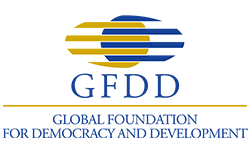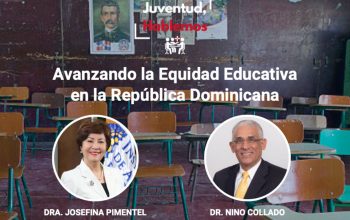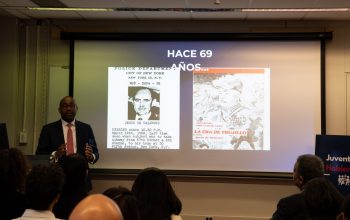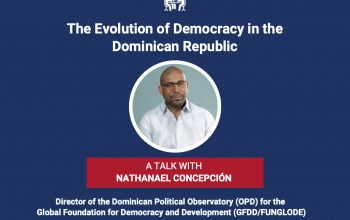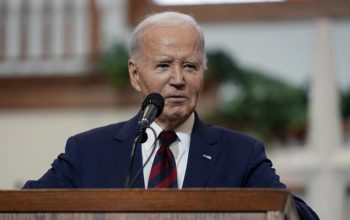news
Presentation: Media Map of the Dominican Republic
May 30, 2006
A project of The Carter Center, the University of Calgary and the Canadian Foundation for the Americas (FOCAL) with a focus on political finance
(Santo Domingo, DR, May 30th, 2006) The Carter Center, Calgary University and FOCAL, with the support of the Fundación Global Democracia y Desarrollo (FUNGLODE) and the Global Foundation for Democracy and Development (GFDD), will present
an interactive map demonstrating location of Dominican media, their broadcast coverage, the ownership structure and the demographic profile of the electoral constituencies that they reach.
The event will take place at 7:30 PM on Monday June 5th, 2006 on the second floor of FUNGLODE. Dr. Shelley McConnell, Senior Associate Director of the Americas Program at The Carter Center, will present the maps and discuss some of their potential applications. Following her
presentation national and international experts will make comments.
Mapping the Media in the Americas is a three year project that uses state-of-the-art Geographic Information Systems (GIS) technology to generate media maps in 12 countries of the Western Hemisphere. The project is a demonstration of the potential held by civil society to contribute to “good governance and development in the knowledge-based society”, the theme of the 36th OAS
General Assembly.
The maps are designed to increase transparency in campaign finance reform and democracy-building efforts. These maps will be free on the Internet as a public resource at www.mediamap.info. Maps of Canada, Peru and Guatemala are currently available and were presented publicly in their respective countries on January 17th, February 9th and April 6th.
Rationale
Throughout the Western Hemisphere media play an increasingly important role in transmitting information about elections and candidates. As machine politics have declined, mass media increasing fill the role once played by traditional voter recruitment.
Publicity is usually the most expensive item in a campaign budget, giving well-financed candidates an advantage in establishing name recognition and communicating
their programs; in turn, rising advertising prices have increased campaign costs.
The outcomes of electoral races may be altered by financial disparities, especially where media ownership is concentrated and the owners offer price discounts to their preferred candidates. Yet there is comparatively little information about the media and their structure available to citizens, and the maps are a step towards ensuring an informed electorate.

![]()
